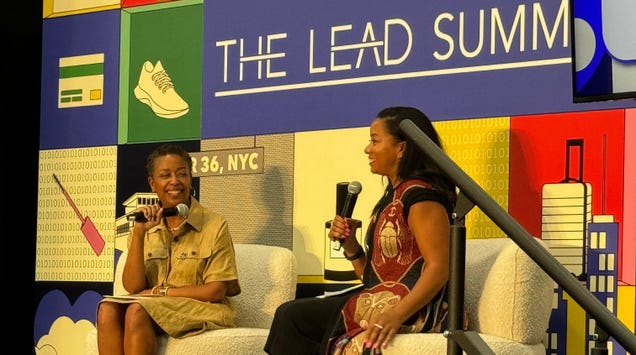Luxury brands like Chanel are still trying to figure out how they can incorporate diversity into their workforce and brand identity. According to Maloni Goss, Chanel’s Head of Insights, there’s a big need for luxury brands to embrace diverse cultural perspectives and gender identities if they hope to reach more conscious consumers. The “table stakes” are higher, she said, adding that Gen Z and millennials currently have the greatest impact on the luxury market.
The two demographics care deeply about different shapes, sizes and skin tones, she said in reference to a focusing on aspirational luxury consumers. “Traditional brands are still figuring out how to incorporate some of those aspects into their marketing campaigns,” Goss said during the in New York City on Wednesday. “There’s really an opportunity there.

” Chanel’s lap of luxury has been and diversity. In May, Chanel’s president of fashion Bruno Pavlovsky told the that Chanel could be for all consumers. Pavlovsky boasted during the brand’s first show in Marseille, France that it did not want Chanel “to be stuck.
” But even so, Chanel’s reputation has come under close scrutiny, largely due to its complicated relationship with former creative director Karl Lagerfeld. The decorated designer who donned a long silver ponytail and dark sunglasses was , , and . Chanel’s Goss said that greater diversity is an “internal and public need” that ultimately relies on luxury brands “accepting larger.
















